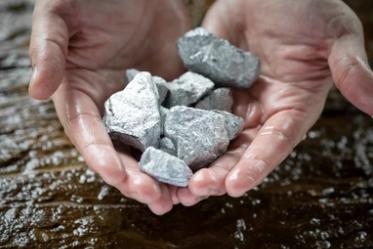Rare earth elements (REEs) are composed of 15 lanthanides and the closely related elements scandium (Sc) and yttrium (Y), a total of 17 elements. Fertilizers used in production, such as calcium superphosphate, compound fertilizers, foliar fertilizers, ammonium bicarbonate, urea, etc., all contain REEs. Tea trees can absorb rare earth elements from the soil, and about 2.23% of the rare earth in the soil can be migrated to the tea leaves. The right amount of rare earth elements can promote the growth and development of tea trees and enhance resistance to adversity. However, long-term low-dose exposure or intake of rare earth elements can also adversely affect human health or metabolism in the body. Therefore, the issue of rare earth residues in tea is another hot topic of concern after pesticide residues and heavy metal pollution in tea in recent years.

The European Union, Japan, and the United States, as well as other major tea-producing countries, do not have standards for rare earth content. In China, the world's largest green tea producer, the GB2762-2005 "Limits of Contaminants in Food" stipulates a rare earth content value of 2 mg/kg. As a recognized leader in tea testing, Lifeasible can help you develop the best tea rare earth element content testing solution to comply with national regulations.
It is of concern that the content of rare earth elements in fresh tea leaves varies significantly from region to region, from variety to variety, from tea type to tea type, and from maturity to maturity. We can analyze the level of rare earth elements in fresh tea leaves of different seasons, different harvesting periods, and different harvesting tenderness.
Our experienced scientists will work closely with you to find simple and reliable analytical solutions for identifying rare earth elements in tea. We can test for the following rare earth elements.
| Tea Rare Earth Elements Content Items | Tea Rare Earth Elements Content Testing Methods |
|---|---|
|
|
Lifeasible aims to provide an inductively coupled plasma mass spectrometry (ICP-MS) method for determining rare earth in tea. This method is a good choice because of its high sensitivity, good anti-interference, ultra-trace detection limit, good stability, wide linear range, and simultaneous analysis of multiple elements, which can rapidly and simultaneously detect the contents of 16 rare earth elements in substitute tea samples with low detection limits and accurate and reliable measurement results. Our efficient customer-focused service will guarantee the quality of your results and save you time and money. If you are interested in our solutions, please contact us for technical consultation and quotation.